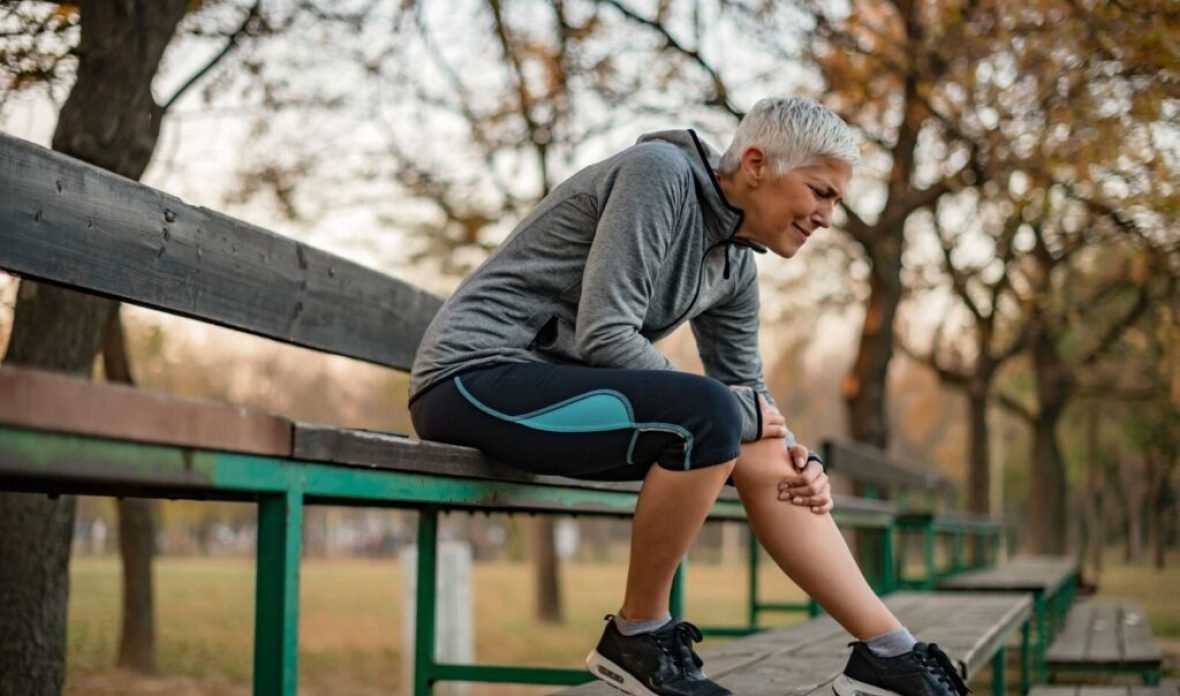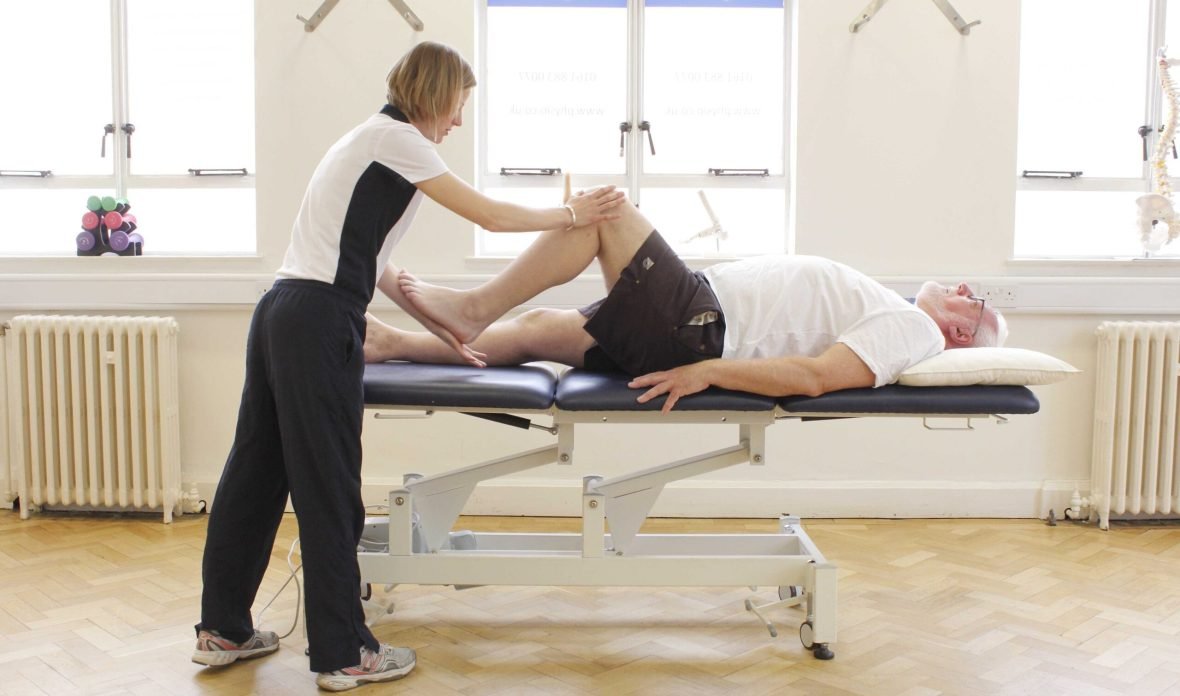Bilateral Knee Osteoarthritis
Book a Consultation:



History
Mrs. Sudha Sangal a 70-year-old homemaker presented with progressive bilateral knee pain persisting for over a year. The discomfort was most pronounced in the medial compartments and intensified during activities such as stair climbing, prolonged standing, and squatting. Morning stiffness lasting approximately 20 minutes was reported, alleviating with movement. She also experienced intermittent swelling and a sensation of instability in both knees. Her Numeric Pain Rating Scale (NPRS) score was 7/10. There was no history of trauma, but she had a sedentary lifestyle and a family history of osteoarthritis.
Evaluation
Physical examination revealed tenderness along the joint lines, mild effusion, crepitus during knee flexion and extension, and reduced range of motion. Muscle strength testing indicated slight weakness in the quadriceps and hamstrings. Gait analysis showed a Waddling gait. Radiographs demonstrated joint space narrowing, osteophyte formation, and subchondral sclerosis in both knees, consistent with Kellgren-Lawrence Grade III osteoarthritis.

Treatment
Weeks 1–2
The initial phase focused on pain management and reducing inflammation. Modalities such as cryotherapy and Accelerated Healing Therapy ( AHT) were employed. Patient education emphasized joint protection strategies and activity modification. Manual therapy such as joint mobilization techniques and myofascial releases were given for better pain relief and muscle relaxation.
A Home exercise program was initiated, including gentle range-of-motion exercises and isometric strengthening of the quadriceps.

Weeks 3–4
Therapy progressed to include low-impact aerobic exercises, such as stationary cycling to enhance cardiovascular fitness without overloading the joints. Strengthening exercises targeted the hip abductors, hamstrings, and calf muscles to improve overall lower limb stability. Balance training was introduced to address proprioceptive deficits.
Weeks 5–6
Functional training emphasized activities of daily living, incorporating sit-to-stand exercises, step-ups, and gait training to improve mobility and independence. Manual therapy techniques, including patellar mobilizations and soft tissue massage, were applied to alleviate pain and improve joint mechanics. Progressive resistance exercises were tailored to patient tolerance, focusing on enhancing muscular endurance.
Weeks 7–8
The final phase aimed at consolidating gains and preventing recurrence. The patient was educated on long-term self-management strategies, including weight management, regular physical activity, and joint conservation techniques. A maintenance exercise program was established, emphasizing flexibility, strength, and aerobic conditioning. Follow-up appointments were scheduled to monitor progress and adjust the program as needed.
By the end of the 8-week rehabilitation program, Mrs. Sudha Sangal reported significant pain reduction, with an NPRS score of 3/10. Functional assessments showed improved range of motion, increased muscle strength, and enhanced balance. She regained independence in daily activities and reported a better quality of life. Continued adherence to the maintenance program and lifestyle modifications were advised to sustain improvements and prevent disease progression.

